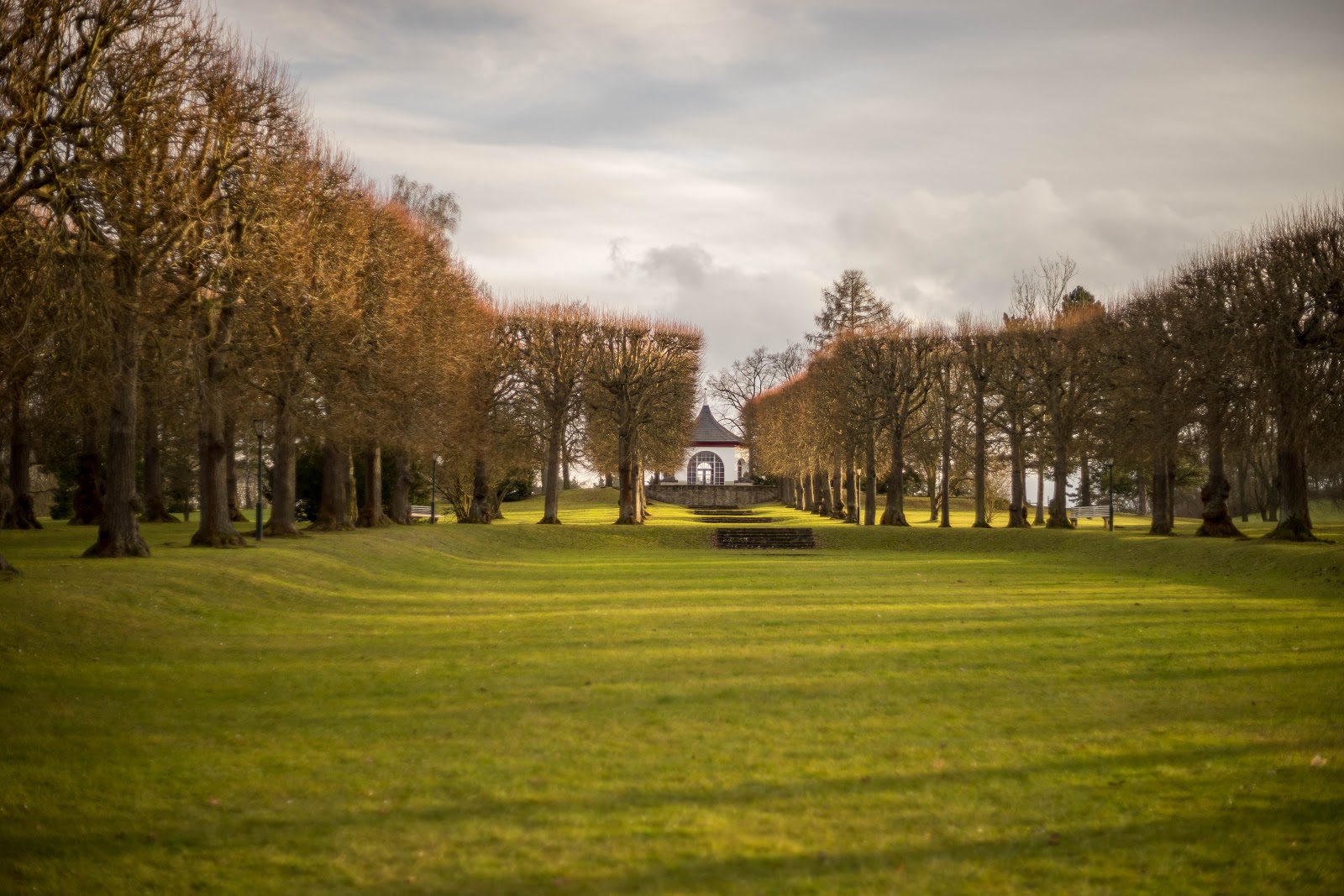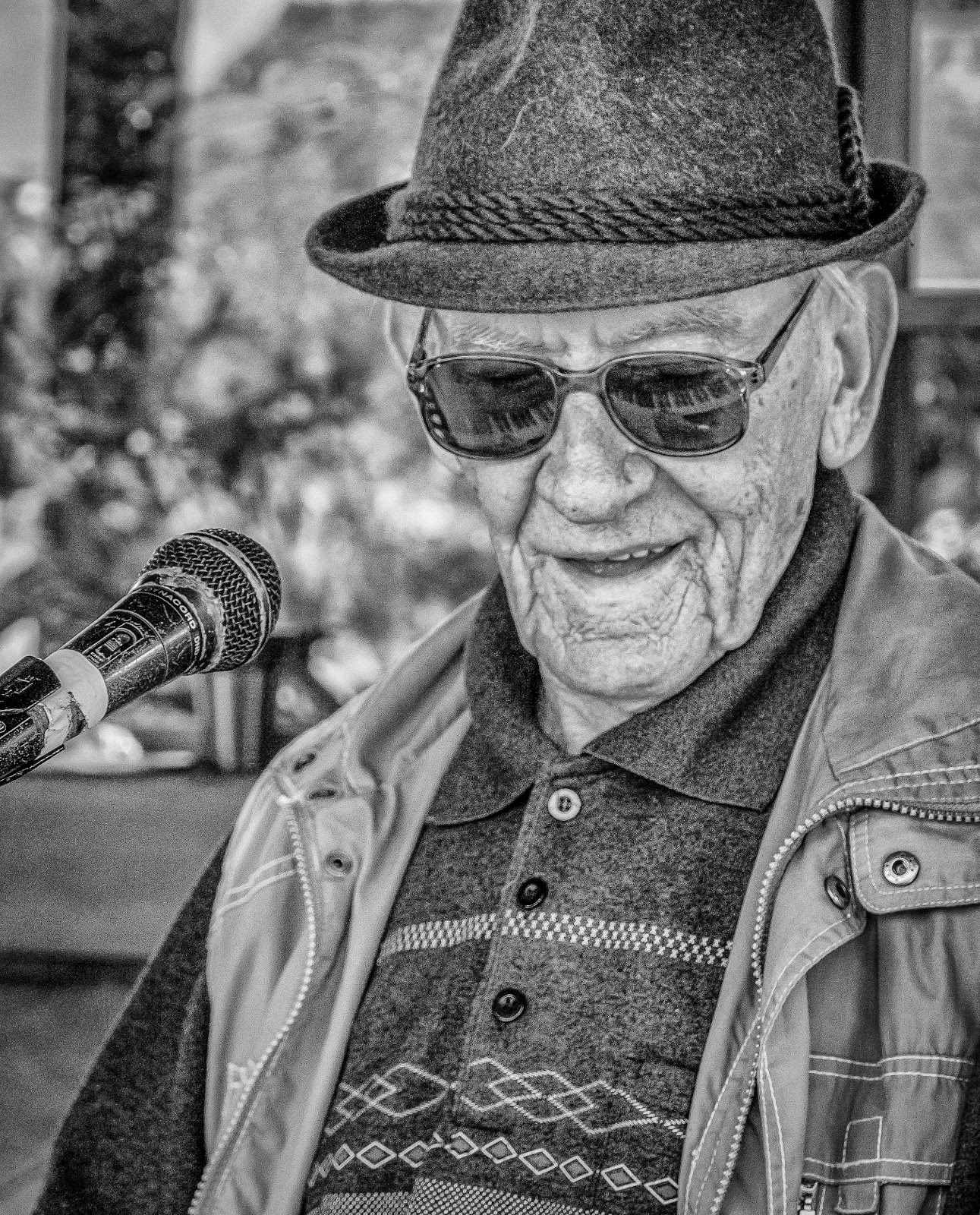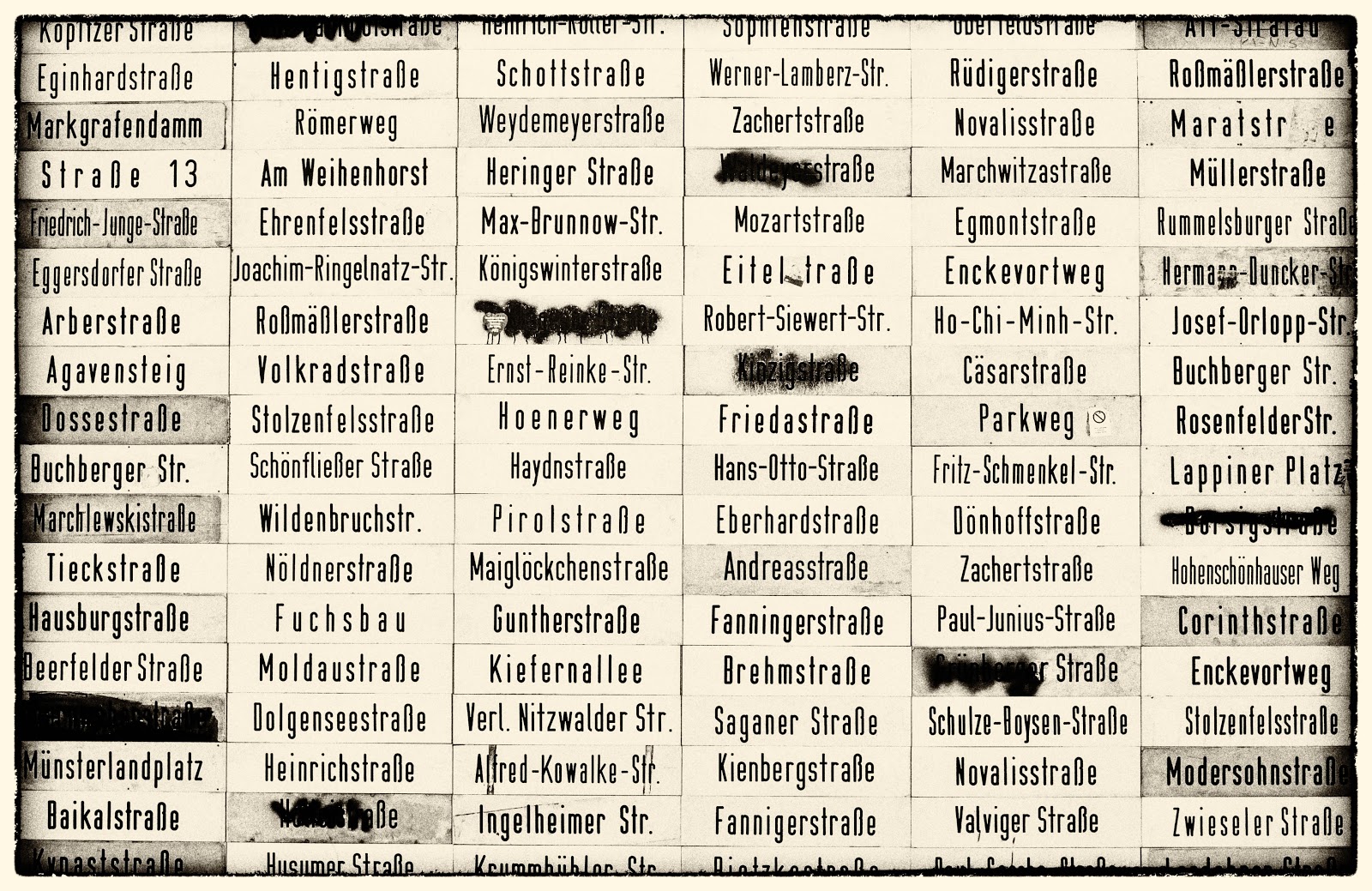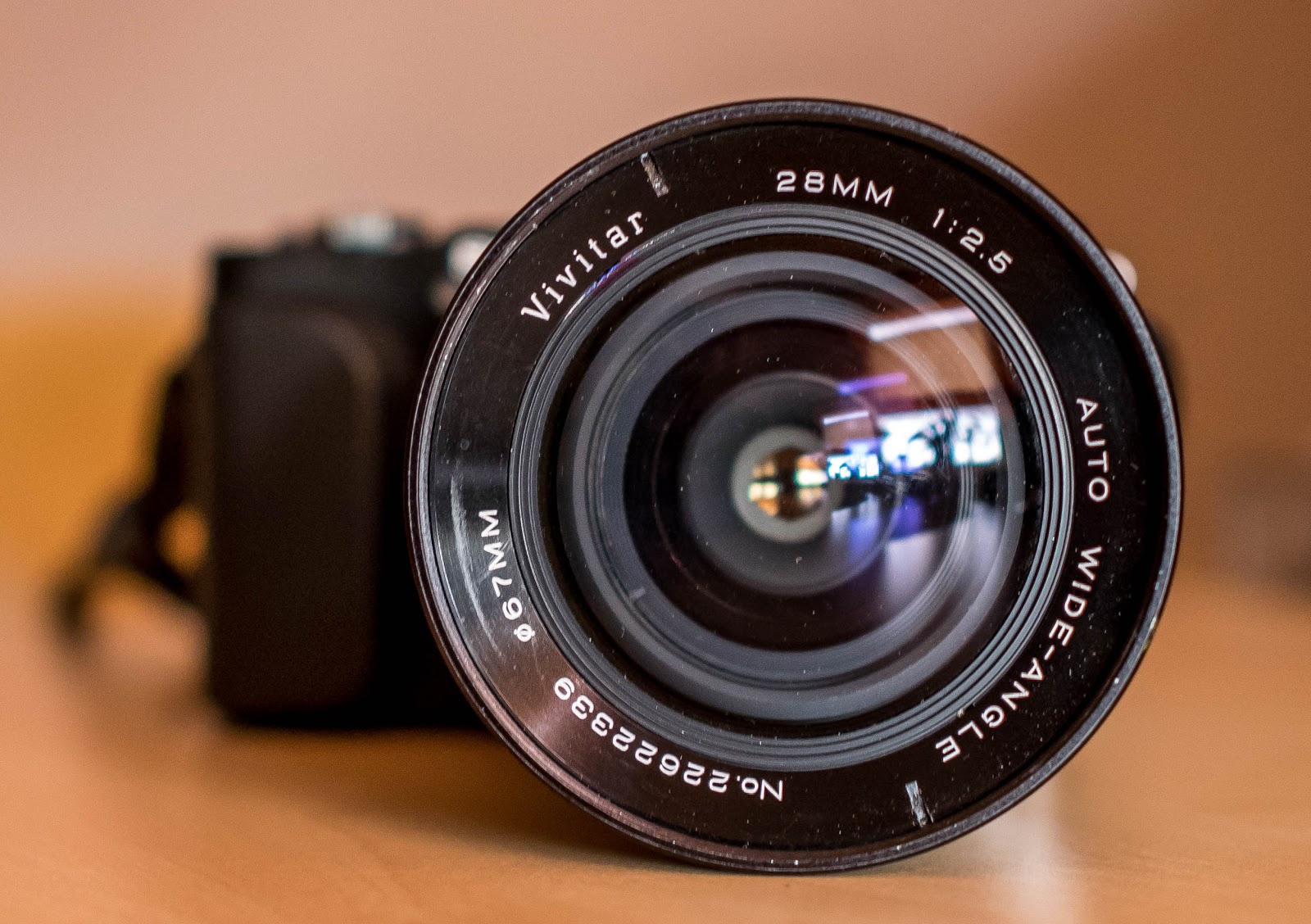 |
| Sony a7 with OM 50mm f/1.8 at full aperture |
We come to the statistical disclosures: the little lens has a length of 32 millimeters and a weight of 165 grams. The maximum diameter of the lens is 61 mm, the thread of the filter 49 millimeters. The design includes six lenses in five groups. The aperture can be divided into stages close of 1.8 to 16. The shortest focus distance is 45 centimeters. Here you can see the lens on a full frame camera Sony a7. If think away the adapter, then the Zuiko 50mm is really compact.
I have the lens tested on a Sony NEX-3N and at a Sony a7 with full format. Oh well, I have now collected a whole bunch of different 50mm lenses. And now I can compete against each other. Who is all in the race? Right now lie before me: besides the OM Zuiko 50mm f/1.8, the Zeiss Jena 50mm f/2.8 (named "Eagle Eye"), the Asahi Pentax SMC Takumar 55mm f/1.8 and the Minolta MC Rokkor PF 55mm f/1.7. At this point I would like to thank my good friends from all over the world who have made it possible to compare these lenses. They have sent me their 50mm lenses, so I test them. Thank you for your trust.
 |
| Sony a7 with OM 50mm f/1.8 at full aperture |
 |
| Sony a7 with OM 50mm f/1.8 at full aperture |
 |
| Sony a7 with OM 50mm at f/2.8 |
 |
| Sony a7 with OM 50mm f/1.8 at f/4.0 |
 |
| Sony a7 with OM 50mm f/1.8 at f/2.8 |
At full aperture the images are a little dull and lacks contrast. The center of the picture is sufficiently sharp even at full aperture. But at the full frame camera, the edges are very weak. But stop down from 2.8 to 4.0 the photos are sharp from one corner to the other.
The Zuiko 50mm f / 1.8 is a little sensitive backlit subjects. There is a little purple fringing and ghosting. The whole thing disappears immediately when you stop down the lens. Additionally, you can buy a lens hood made of metal or rubber, which can be screwed into the filter thread.
If you shoot in RAW format, you can quiet conscience work with open aperture. The small weaken of the lens can quickly improve in Adobe Lightroom. Used at full aperture shows the OM Zuiko 50mm f / 1.8 results comparable to the legendary lenses from Zeiss at the Leica- M. OK, that sounds very enthusiastic, but look at my photos. Sometimes you can guess the 3D effect.
Unfortunately, this lens is only a slight telephoto lens on an APS-C sensor. But to fully recommend it as a portrait lens.
Let us summarize: I can fully recommend this lens. The price-performance ratio is perfect. As far as optical and mechanical power for so little money there is nowhere. My recommendation: If you can get it cheap, then buy it.













































